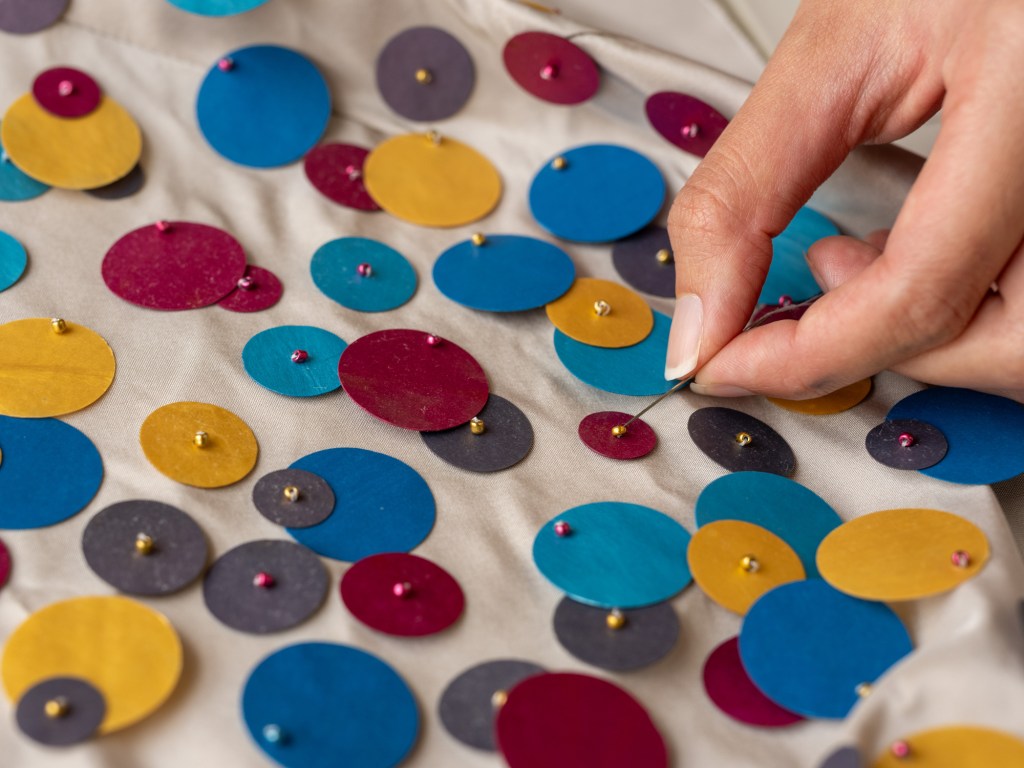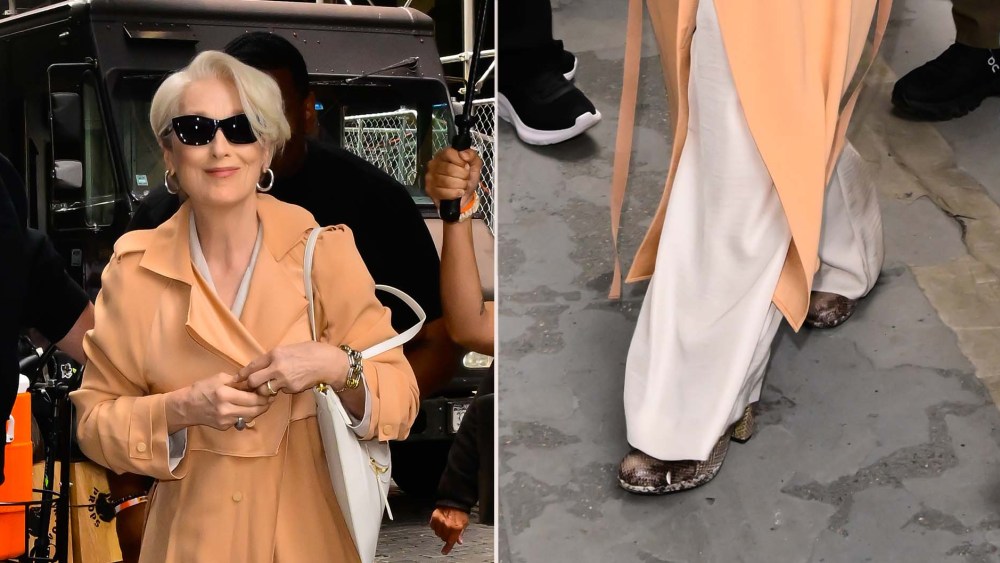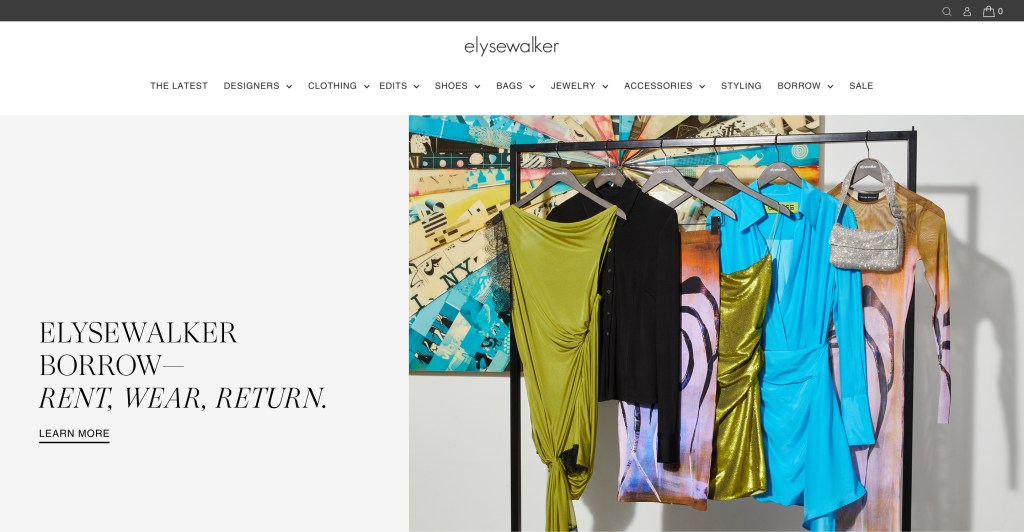Instead of having material researchers just holed up in labs tinkering with new theories and concepts, the University of Texas at Austin enlisted some of them to join forces with other faculty, students and alumni in the school’s division of textiles and apparel.
Together they combined research expertise and fashion design knowledge to demonstrate how newly developed sustainable sequins can be used in a variety of ways. Now visitors to the Texas Science & Natural History Museum on UT Austin’s campus can see their creations in “Particles of Color: Where Science Meets Fashion,” which runs through the summer of 2025.
“Particles of Color: Where Science Meets Fashion,” explores the use of compostable, plant-based and biodegradable materials in clothing, accessories, jewelry and art. The 50 glittering objects on display were made with polylactic acid, a compostable material, that has been combined with natural and nontoxic dyes to create colorful, stylish clothes, jewelry and art. Made from agricultural waste, polylactic acid is easy to work with since it does not dissolve in water, but it will break down if composted, said Jessica Ciarla, a faculty member in the Division of Textiles and Apparel who is behind the exhibition.
“Polylactic acid is a bioplastic that has been tested and developed for other fields and is part of a growing global market, so it is a real contender in the space,” Ciarla said. “It can also be melted down and reused so it makes it an ideal choice for zero-waste production.”
For added eco-friendliness, the team used non-toxic colorants such as algae, natural dyes, spices and food waste to create an organic color spectrum. “Approaching this research from an interdisciplinary perspective by synthesizing science, design and engineering has allowed us to see what the future of the fashion industry can entail from a collaborative perspective,” she said.
Museum goers are more accustomed to checking out the prehistoric dinosaur fossils in the galleries, but this new direction is meant to lead them to a vision of a cleaner, brighter future for the fashion industry. Science and fashion is an enticing combination, as more companies, consumers and organizations are increasingly considering how their actions and purchases play into environmental waste and impact the planet.
The impetus for this is to show the public what is developed in the lab in order to engage with the community and the fashion industry about the synthesis of science and fashion, according to Ciarla.
“Sustainability is no longer about what we need to do in the future, it is about what we can do now. We need to move the industry from using petroleum-based plastics to better options,” she said. “There are valuable resources typically viewed as trash such as agriculture waste that can be used to create plant-based plastics that provide cleaner options.”
How each of the designers featured the sustainable sequins in their work that is on display in “Particles of Color” reflects its multiple potential applications.

Ciarla is also previewing a prototype of a non-woven textile she created using denim and paperboard made from cereal boxes to develop a fabric that could be used for handbags. Visitors can check out the first experimental prototype of this textile in a digitally printed fabric that Ciarla made into mini handbags with floral sequins attached. She explained, “Showing how other materials derived from waste can work together is a look towards our future research and how we intend to expand our material development to other segments of the textile and material supply industry.”
“Particles of Color” also provides a commentary for the fashion industry’s contribution to plastics pollution. Of the 100 billion items of clothing that are produced each year, 70 percent of them are made of plastic, according to the Plastic Pollution Coalition. Creating all those synthetic materials for polyester, nylon and acrylics annually involves using what amounts to the equivalent of 300 million bathtubs filled with petroleum. Ciarla said, “We wanted to show that there is a way to create something better with the materials we have right now.”
Developing a commercial prototype is in the works, and the exhibit’s industry partners have highlighted a few of the diverse applications. Designers like Diana Broussard of New York City and Nikolaj Storm of Copenhagen incorporated the sustainable material into their respective garments and accessories that are on display. As is often the case, when it comes to materializing concepts into production, the next step is to generate funding so that Ciarla and her team can expand product offerings and work with manufacturing facilities, who can “help us scale up while integrating our core beliefs of building a sustainable business model,” she said.
The museum’s director Carolyn Connerat said that visitors “can explore how research happening right here on the UT Austin campus can make an impact on the natural world by creating compostable materials used in clothing we all can wear.”

UT’s research into sustainable sequins started five years ago, when a President’s Award for Global Learning was presented to Ciarla; Nathaniel Lynd, an associate professor in the McKetta department of chemical engineering, and Luisa Gil Fandino, an associate professor of textiles and apparel.
The show highlights how UT researchers adapted the material for use in fashion, and there are fashion examples created by designers from Austin and New York.
The installation is the first new exhibition at Texas Science & Natural History Museum since it reopened in September 2023 after an 18-month closure and extensive renovation. The fourth floor of the museum has been designated the Science Frontiers Gallery and is designed to house exhibits on advanced scientific research and demonstrate how scientific discovery can help address current issues and concerns.



